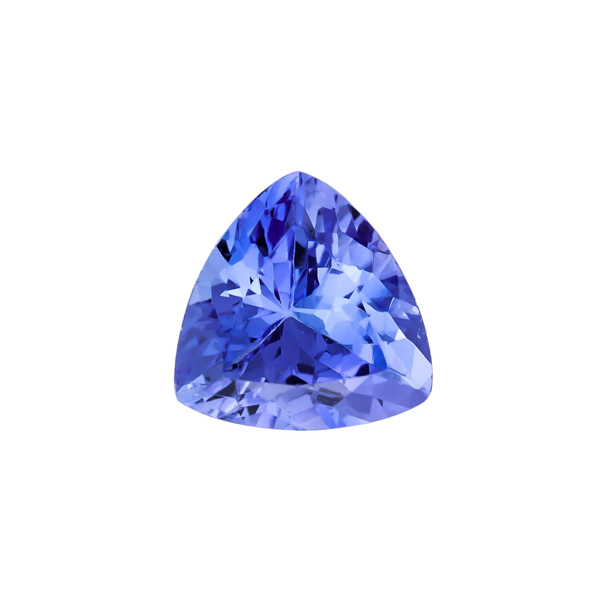Tanzanite is the blue/purple variety of the mineral zoisite discovered in the Mererani Hills in the Manyara region of northern Tanzania
- Color: Tanzanite is famous for its unique color, which ranges from blue to violet-blue and often displays pleochroism, meaning it can display different colors when viewed from different angles. The most prized tanzanite has a deep, rich blue hue with violet flashes.
- Hardness: Tanzanite is relatively soft compared to other gemstones, with a hardness around 6.50 to 7 on the Mohs scale. This means it requires careful handling and protection from scratches and impacts.
- Origin: Tanzanite is found exclusively in Tanzania, near Mount Kilimanjaro, making it one of the rarest gemstones in the world. The gemstone was discovered relatively recently, in 1967, and has since become highly sought after for its unique color and limited availability.
- Clarity: Tanzanite can be clear or have small inclusions. Stones with good clarity and minimal inclusions are more valuable and desirable.
- Cut: Tanzanite is often cut in a variety of shapes, including oval, round, pear-shaped, cushion-cut, and emerald-cut. Cut is critical to bringing out the color and brilliance of the gem.
- Symbolism: Tanzanite is associated with spirituality, transformation, and intuition. It is often seen as a symbol of deep emotional connections and personal growth.
- Value: Tanzanites value depends on factors such as color intensity, clarity, cut, and size. Deeply colored stones with good transparency and a pure violet-blue hue command higher prices, especially in larger sizes.
** Check stock availability








